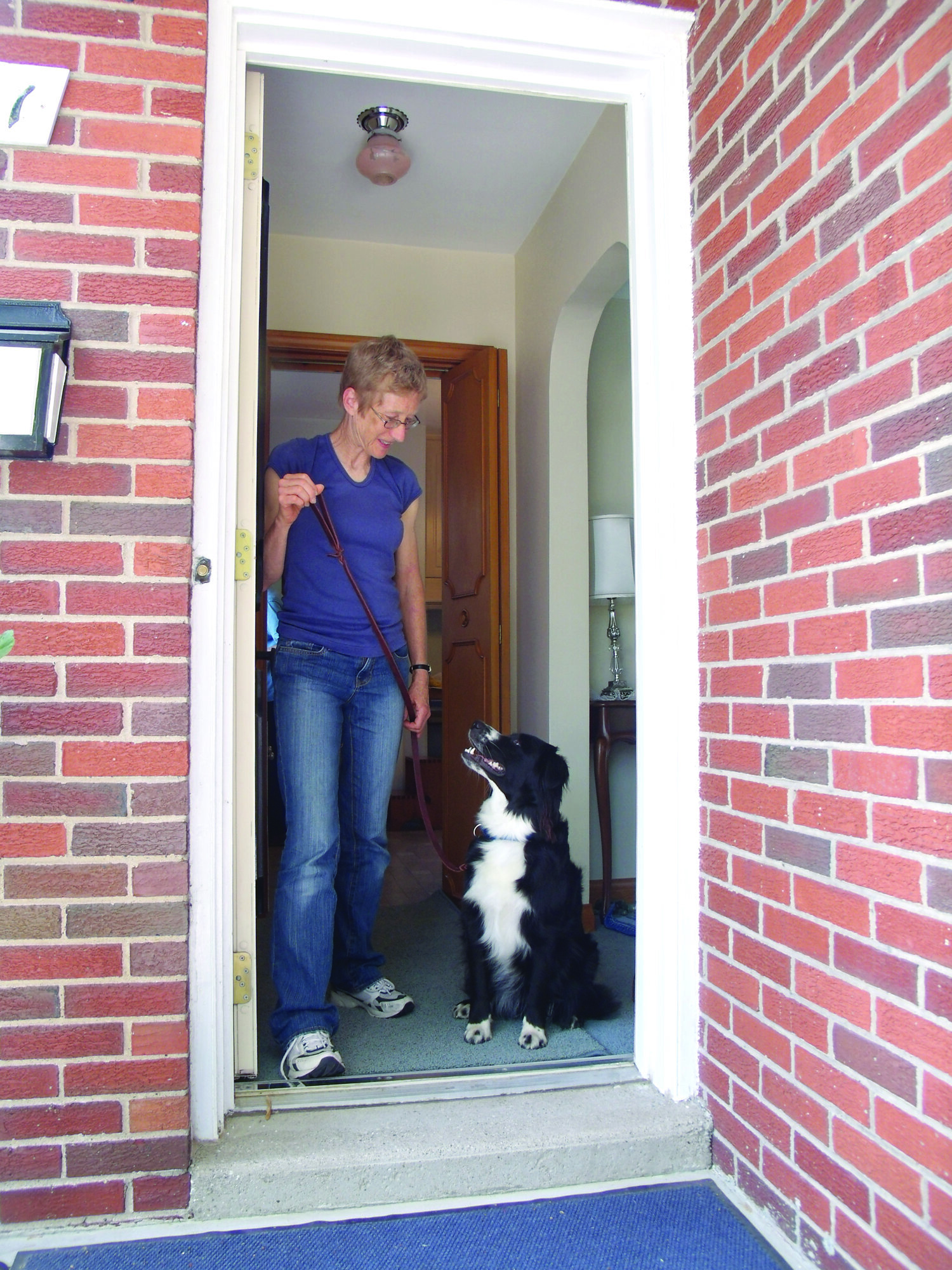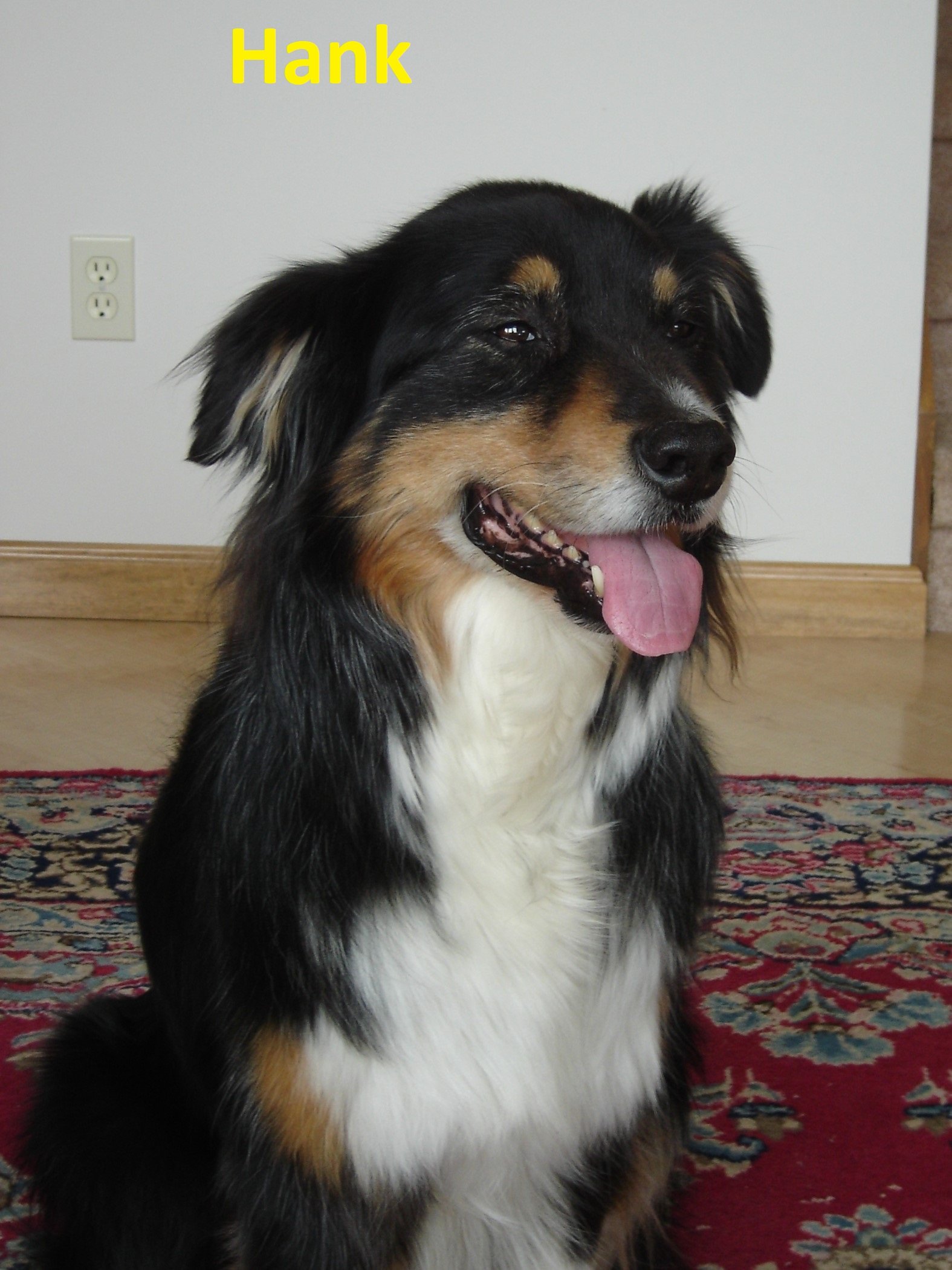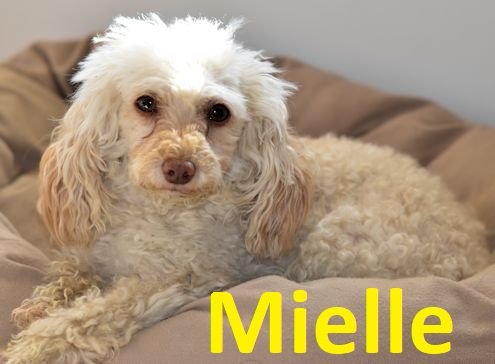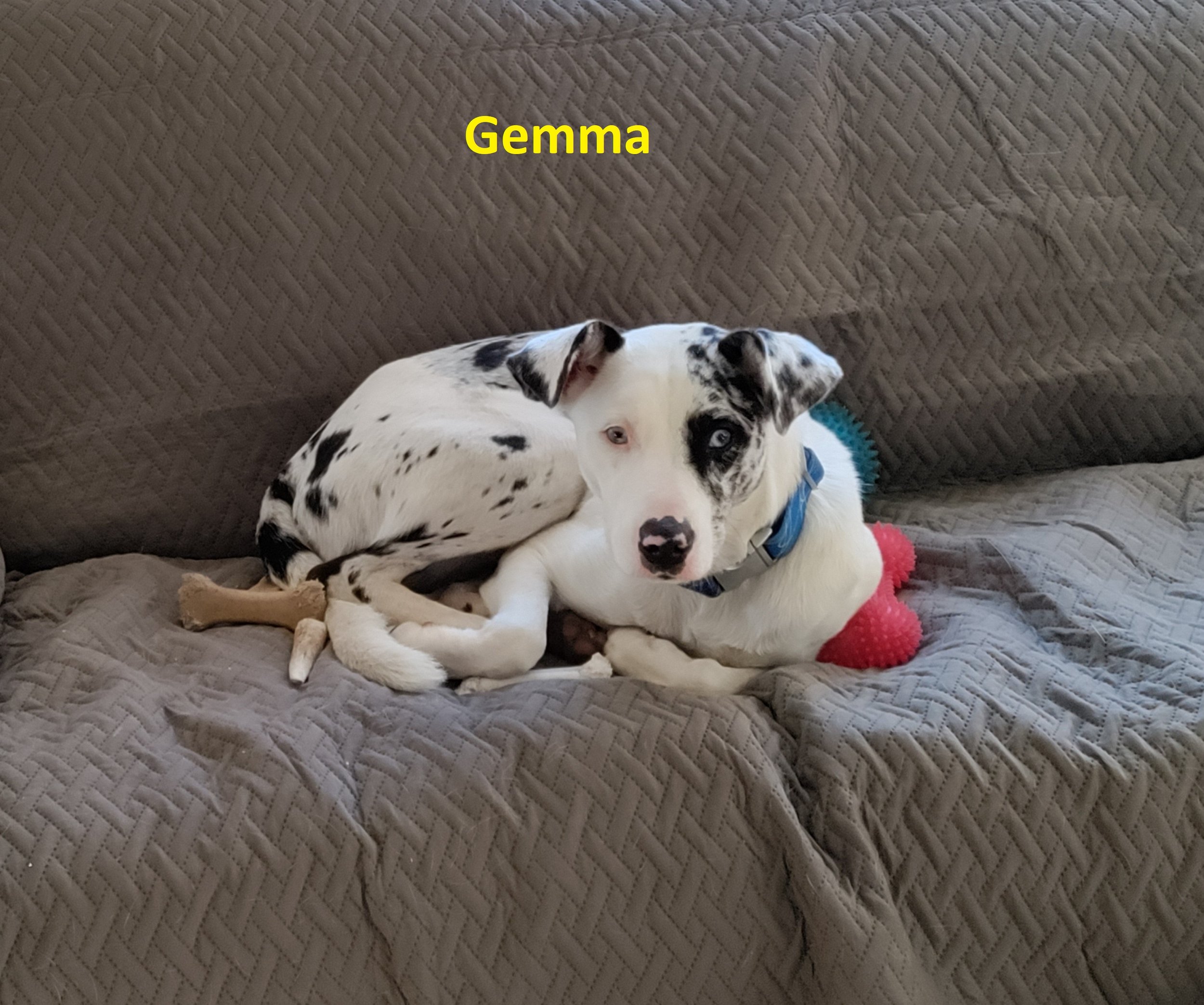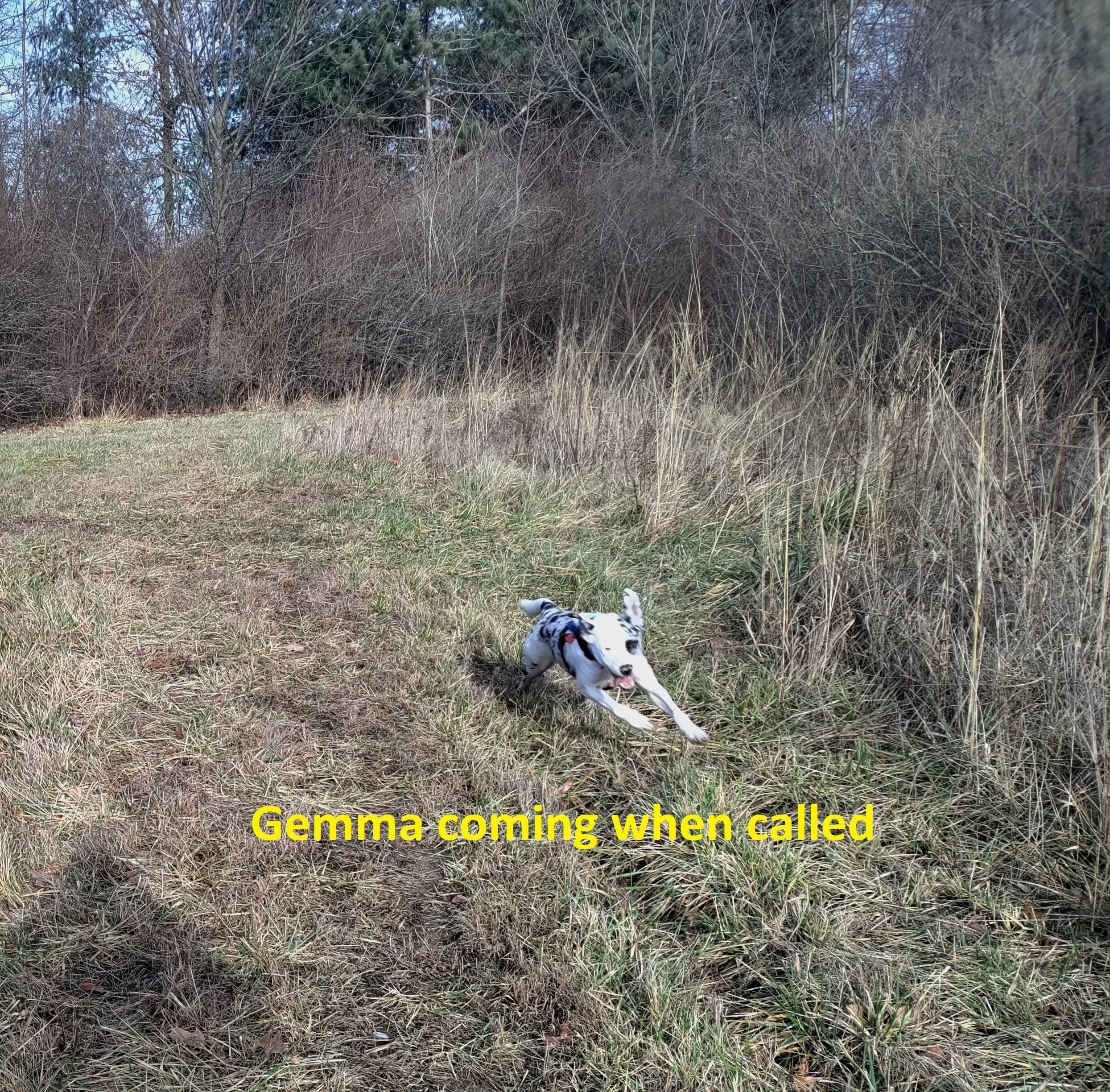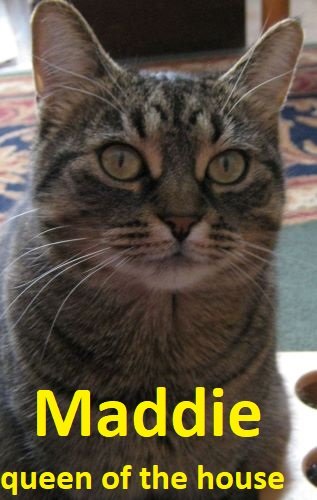Meet Judy Archer-Dick
I came to dog training in the mid-1990’s, a fact that has both its positive and negative aspects. The most negative thing, of course, is that I missed out on sharing my early life with these wonderful animals. As things turned out, however, I believe I was very fortunate to enter "the dog world" when I did and was able to take advantage of the newer approaches to training that were coming to the fore. A few years earlier it would have been very difficult to find information on how behavioral theories had been adapted to work with dogs -- techniques which form the basis of modern dog-training. Besides, I may not have taken the time to fully investigate and practice these techniques, adopting some and discarding others that seemed unworkable.
Of course the dogs who have shared their lives with me have been the greatest teachers of all. It has been their behaviors (both disappointing and amazing) that inspired me to track down the latest research and follow science-based training methods for them as well as client dogs. There are always new surprises and the learning never ends!
Here are some of the lessons my own dogs have taught me:
Hank (adopted from an Aussie Rescue at 7 mos.)
Using aversives and punishment to “train” a dog is educationally unsound and can easily turn abusive. Doesn’t teach dog what to do but rather how to avoid punishment.
Sometimes being given a bone to chew in a room by himself results in less anxiety for a dog who is nervous of visitors. Having to keep an eye on said visitors for an hour and disallowing them to move is exhausting.
Some dogs are simply not candidates for being unleashed in an unfenced area (unless involved in herding).
Just because you aren’t interested in the ducks enough to pass a herding instinct test doesn’t mean you can’t easily herd the neighbors’ Highland cattle home when they break through the fence…and repeat that a number of times over the years!
Some dogs are empathetic to other animals in their sphere (including the human variety), protective and cooperative.
Dogs DO smile (usually called a submissive grin although many dogs do it when they are very happy!) – it can be very alarming if you’ve never seen it before!
Gooseberry Pie (aka Goosie)(adopted from breeder at 12 weeks)
Even a seemingly bold and friendly puppy can mature to be a defensively aggressive adult if genetic makeup and negative circumstances coincide during a sensitive period of her life. Regard yourself as your pup’s protector even if others regard you as socially overprotective.
Remedying your dog’s moderate-severe emotional or psychological issues can literally take years of continuous controlled efforts. The small victories are golden!
A dog with “issues” can still be brilliant, comedic and a wonderful companion in familiar surroundings.
Dogs like Goosie can be such a puzzle that their people spend hours studying dog behavioral problems and solutions. All this studying and working through issues eventually turns some of us into dog trainers and behavioral counselors.
Trophy (adopted from friend leaving for college at 7 yrs.)
Adopting a middle aged, well-trained but energetic dog is a wonderful experience.
To have a dog who wants to do anything or be put in any situation with you, is a little unsettling at first. Try to live up to her trust!
Some dogs are so cooperative with post-op cone-wearing and eye drops that cataract surgery is a breeze. It likely would not be such a smooth scenario for many other dogs.
Dogs like Trophy seamlessly adjust to new environments and “go with the flow”.
Katalina (aka Kit-Kat) (adopted from Fort Wayne Animal Care & Control at 9 months)
There really are dogs out there that need very little formal training to seemingly understand what people want and to give it to them. Dogs like Kat can be taken almost anywhere without worrying unduly about her response (except for loud noises – guns, fireworks, thunder, hot air balloons)
Moderate resource guarding can be coped with and lessened through management, training and earning trust.
Kat was my first Nose Work companion and was always a pleasure to work with. She opened up a whole new world and took my interest in the dog world in a slightly different direction.
Always in my heart.
Ted (“inherited” from late friend at 5 yrs.)
Every dog trainer needs to live with a terrier to get a feel for how they differ from many other breeds! Half-terrier Ted, charming and irritating by turn has fulfilled that requirement.
Recurrent bacterial skin infections, leaky gut, food sensitivities, and immune issues are the new fields of study for those living with dogs like Ted. There are good veterinarians around who will help if you show an interest!
Some dogs will go to great lengths to barkingly defend their long-time housemate against being “picked on” by another dog (to the point of being called a tattle-tale)
Mielle (“inherited” from late friend at 8 yrs.)
Every trainer needs to live with a tiny (5 lb.) dog to get a feel for how life is different for the bitty ones! It’s great to be able to carry them but this can be overdone. They need to be able to stand on their own four feet and luckily Mielle was taught that by her former person.
Dogs can mourn the loss of a person for more than a year. Like humans, they need to go through this at their own pace – you need to support them but know you can never truly replace what they have lost.
Tiny in size does not mean tiny in spirit. Unfortunately, telling a groundhog exactly what you think of him can result in near-fatal injury…
Happiness in winter is a warm sweater and a comfortable lap.
Gemma (adopted from an Aussie Rescue at 6 mos.)
Some pups have WAY more energy than others. Some settle immediately upon return home from a brisk run or frisbee/ball session – others (like Gemma) need an hour to wind down before settling. Given access to other dogs or people during this time will only prolong it.
Pushiness and submissiveness in a dog are not necessarily antithetical.
Environmentally anxious dogs need LOTS of exposure to new sights, sounds, environments…and need to experience the same exposures repeatedly to begin to feel safe. In time some, generalization will occur and fewer repetitions will be needed.
Sometimes anxious dogs can have THE BEST recall (coming when called) and thus can be trusted off-leash in rural areas that some others can’t be.
Nose Work is fun, fun, FUN for dogs who enjoy puzzling out scent pictures!
Judy is a Certified Professional Dog Trainer-Knowledge Assessed (CPDT-KA®) and a Certified Behavior Consultant Canine-Knowledge Assessed (CBCC-KA®) through the Certification Council for Professional Dog Trainers® (CCPDT®). She is also a Certified Nose Work Instructor (CNWI™) with the National Association of Canine Scent Work (NACSW©, K9 Nose Work©)

